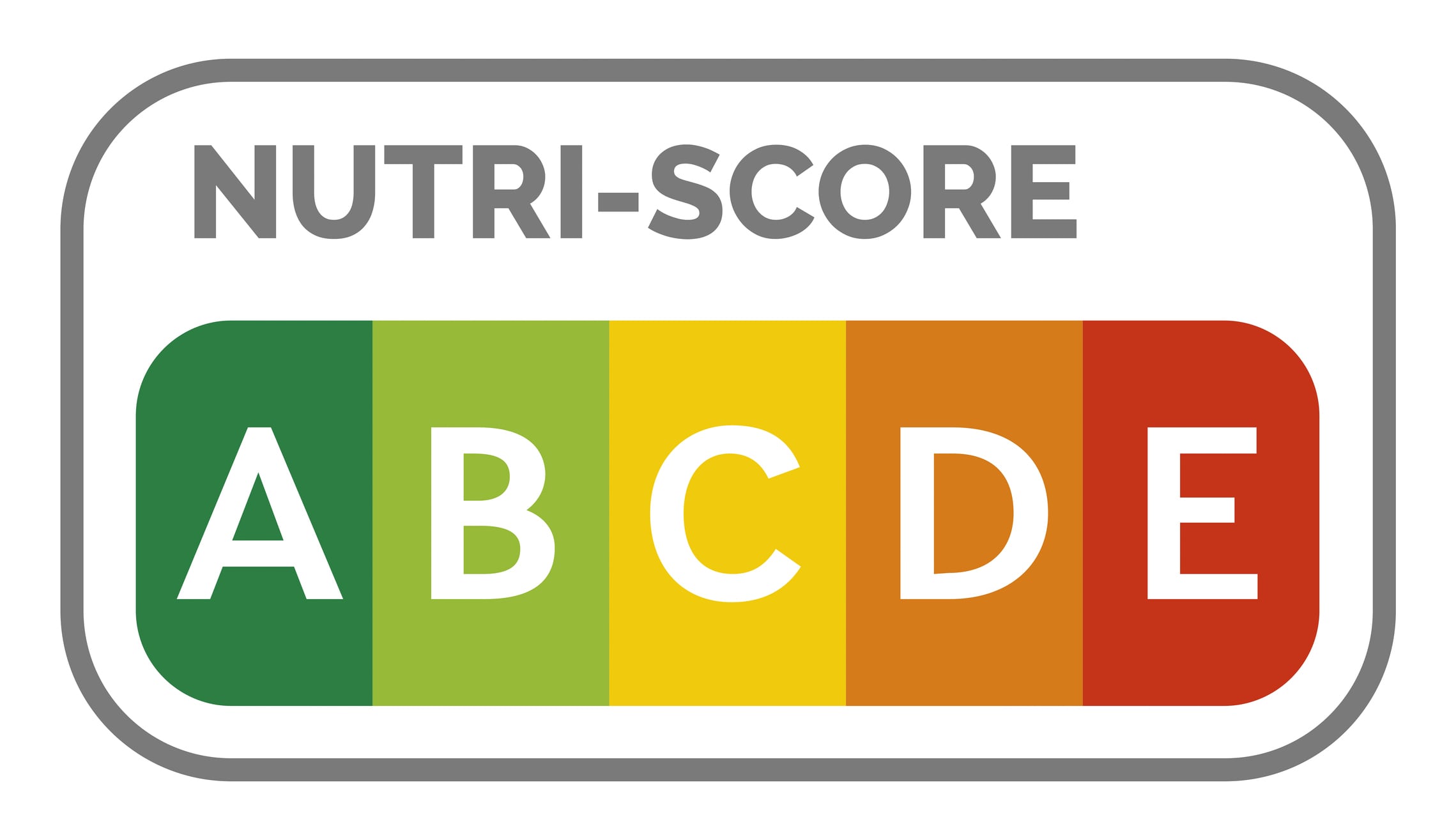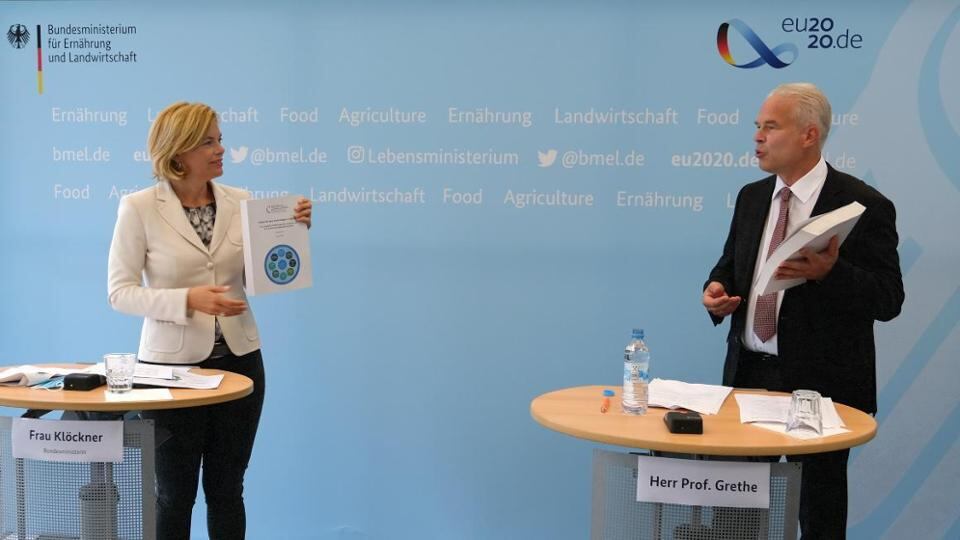With the EC currently mulling which mandatory nutrition label to choose as part of its Farm-to-Fork sustainable food strategy later this year, NutriScore, which classifies food and beverages according to their nutritional profile by using a colour-coded system with a scale ranging from A (healthier choices) to E (less healthy choices), is the current favourite.
Governments in France, Germany, the Netherlands, Switzerland, Spain and Belgium have opted for NutriScore as their voluntary labelling scheme of choice. Many major retailers and food producers in Europe such as Nestlé, Kellogg and Danone have also voluntarily chosen to adopt NutriScore. The likes of Danone and Nestlé are also urging the UK government to switch from traffic light nutrition labels to NutriScore as the country consults on its new obesity strategy.
Italy, however, has re-iterated that the NutriScore system unfairly discriminates against its famous food delicacies such as olive oil, Parma ham and Parmigiano cheese. Italy fears these items, under NutriScore, would receive a red-to-orange warning sign on labels owing to their high fat and salt content.
Earlier this year, the Italian Ministry of Economic Development officially presented its alternative plan for a new nutrition-labelling scheme – Nutrinform -- to the EC. This system, similar to the UK’s traffic lights, uses columns or batteries to display the percentage of energy, fats, saturated fats, sugars and salt contained in the portion of product with the respect to the reference daily intake.
Italy’s minister of agriculture, food and forestry, Teresa Bellanova, has since been lobbying other EU governments on the issue. She told an informal meeting of agricultural ministers in Koblenz in Germany that the algorithms used to calculate Nutri-Score were ‘reductive’ and risked misleading consumers.
“Consumers must be informed for a conscious dietary education. No to reductive and misleading algorithms,” she said.
"A harmonized labelling at European level must aim at providing the tools suitable to encourage and support informed choices by consumers, rather than directing them towards certain products by focusing on the simplistic and reductive solution of colour.”
She added that traditional foods should be protected such as olive oil, which she called ‘a pillar of the Mediterranean diet’.
"A true nutritional education", said the minister, "cannot be replaced by labels, and precisely in line with these principles in Italy we are adopting a 'battery' label system, called NutrInform battery, called to inform about the contributions of foods with respect to the daily needs of nutrients and provide useful information to the consumer, who will be able to orient his choice in this way.”
There are no healthy foods per se, concluded Bellanova, "but only healthy diets. Foods should not be considered in their own right but in the context of daily nutritional needs. Local food cultures, traditional diets, are important. The consumer cannot be given misleading information.”
Other countries have voiced their support of Italy’s position. The Greek minister of agriculture, Makis Voridis, said: "We believe that food labelling should be based on a neutral and non-evaluative scheme, which will not rate the overall nutritional value of a food."
Romania's agriculture minister, Adrian Oros, said the Nutrinform battery label system “would be more appropriate to use, in light of the fact that it does not disadvantage some natural food.”
But proponents of NutriScore claim the algorithm (the nutrient profiling system) underpinning it is consistent with the Mediterranean diet. In its publication Five Nutri-Score myths busted, the European Consumer Organisation (BEUC) said the traditional Mediterranean diet is high in fruit, nuts, vegetable, legumes and cereals, low in red and processed meats and dairy products, and has olive oil as a major source of fat. “This is all in line with Nutri-Score, which takes into account nutrients to limit (calories, saturated fat, sugars and salt) and those elements to favour (fibre, proteins, nuts, fruit and vegetables). With Nutri-Score, olive oil comes across as a source of good fat (‘C’) compared to butter (’E’) or saturates-rich vegetable oils such as palm oil (‘E’).”



